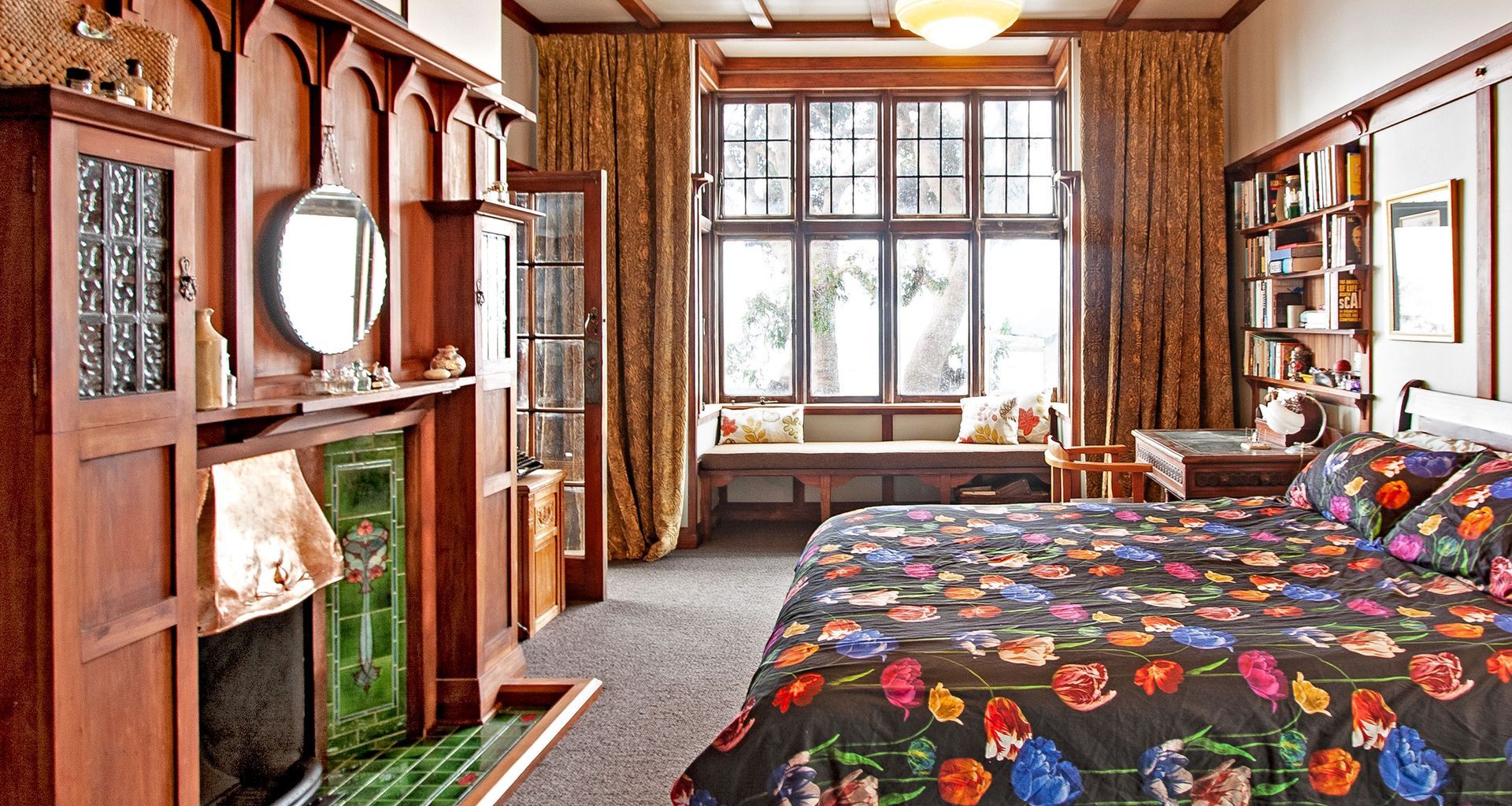Crafting History: A Kiwi Builder's Passion for Renovation

When you think of a renovation expert, what comes to mind?
For Corey Brown, the owner of Kiwi Built, it's a passion for the past combined with a vision for the future. Corey’s journey as a builder began in the year 2000, and since then, he has carved a niche for himself in the renovation industry, working on both modern homes and historical villas.
What inspired you to start Kiwi Built, and what is your mission or philosophy when it comes to renovation projects?
Working for a few different companies in the building industry, you learn a lot about what others do well, and what could be improved. I never intended to work for myself, but the last company I worked for became toxic. After aligning myself with an architect, my sole proprietorship turned into a business, and it escalated from there. My wife and I wanted to do right by our employees, creating a family-like work environment that everyone loves to be a part of. Our philosophy is simple: treat every client's house like it's our own.
Can you share a memorable renovation project that you've worked on?
Our biggest project yet was a new house built in the style of an old villa, two stories high with a garage beneath. There were many challenges, starting with the garage. We had to excavate a large hole and build a foundation with blockwork above it. Timing issues and hold-ups with the council meant we had to change course quickly, but it all worked out in the end. Collaborating closely with the architect, plumber, electrician, and tiler ensured that every detail was perfect.
How do you approach problem-solving when unexpected issues arise during a renovation?
Forward thinking is crucial. No job is without its problems, and you have to see them coming to have time to plan. On the same villa project, we had council hold-ups that prevented us from backfilling an area needed for a bay window foundation. We dug down to where the concrete pile supports started and built a cantilevered slab on top of the piles, allowing us to continue building without a hole in the house.
Renovations can be stressful for homeowners. How do you ensure that your clients are comfortable and informed throughout the process?
We hold fortnightly meetings with the client and architect to discuss any issues or questions. We also use software that our clients love, which includes daily diaries from our workers, alongside photos of the work done each day. This transparency helps clients keep track of all bills and payments.
What trends or innovations in home renovation excite you the most?
I love working on old houses. When someone wants to keep the beauty of an old house but expand on it, I'm all in. We strive to make our extensions look like they were part of the original house. It's a huge accomplishment when people walk in and think it's the original structure.
How do you balance the historical integrity of older homes with the need for modern amenities?
These days, many companies sell new items with the look and character of old homes. From electrical fittings to bath fixtures, we integrate these into our projects seamlessly. We've even used old cast iron balustrades in new decks and custom-made matai grills for central heating floors, making them look like part of the original floor.
What do you find most rewarding about your work, and what motivates you day after day?
I've always been told I'm an old soul. Growing up, my dad, who was also a builder, had a lot of old furniture, stained glass cabinets, and old sewing machines. I was always fascinated by them. Working on something with old character and giving it new life is incredibly rewarding. Seeing the clients' satisfaction is the cherry on top. Our business tagline says it all: "Building the future, restoring the past."
